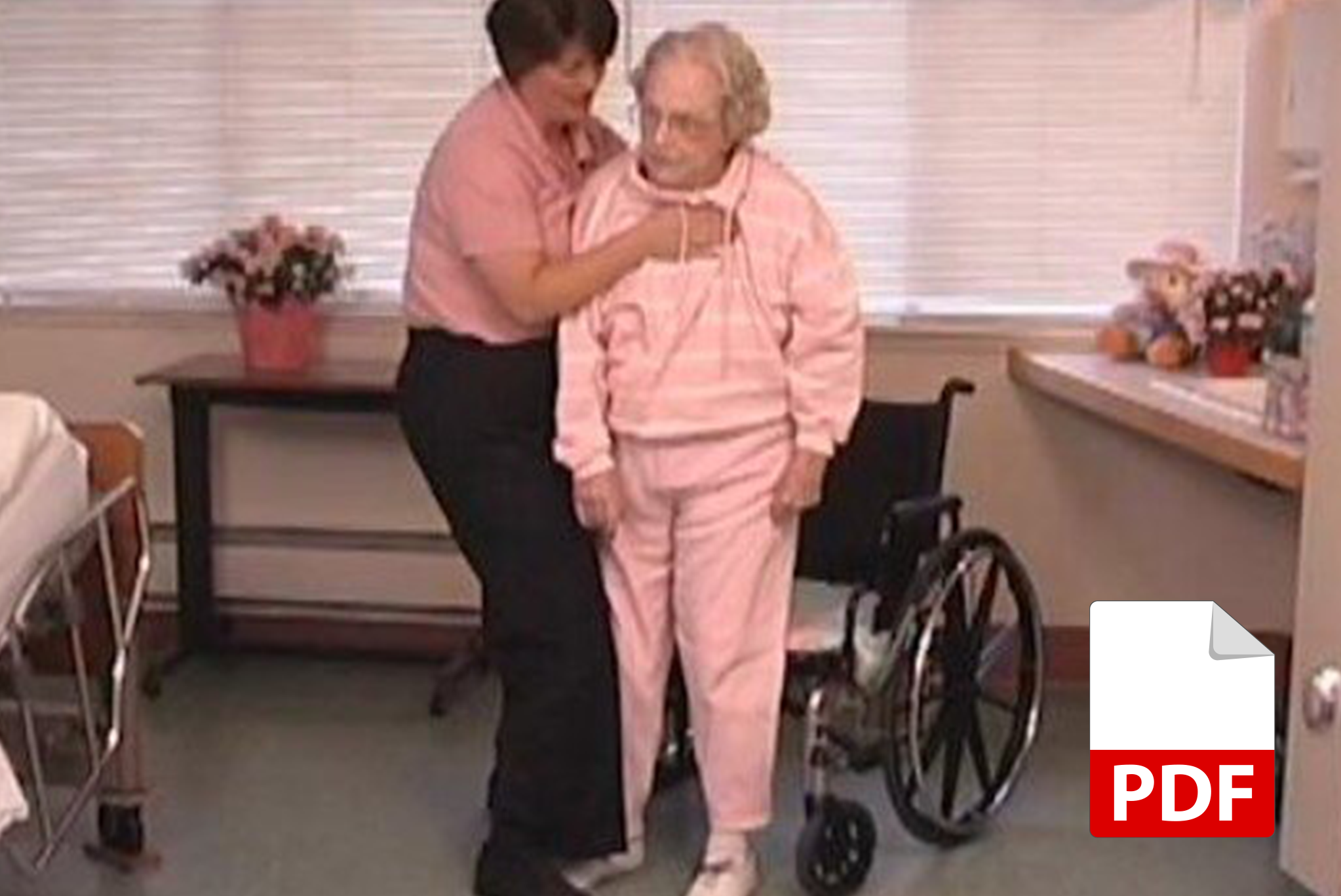Facilitating Clinical Reasoning
How to identify and develop clinical reasoning.
This activity supports the requirements for:
ACOTE standards B.2.1, B.3.1, B.3.2, B.4.4, B.4.10
CAPTE standards for PT: 7B, 7D10, 7D11, 7D20, and PTA: 7D9, 7D11, 7D19
Documenting Levels of Assistance
This lesson plan is designed to supplement your lecture on how to determine and document levels of assistance provided during a treatment session.
This activity supports the requirements for:
ACOTE standard B.4.29
CAPTE standard 7D32
Treatment for Visual Deficits
Supplement your lecture on the evaluation and treatment of visual deficits.
This activity supports the requirements for:
ACOTE standards B.4.4 and B.4.9
CAPTE standards 7D19, 7D27b, 7D27g
Improving Interview Skills
Improving student interview skills.
This activity supports the requirements for:
ACOTE standards B.4.4 and B.4.21
CAPTE standards 7D8 and 7D17
Respiratory Issues in Acute Care
Supplement your lecture on treating the client with respiratory issues and/or collaborating with the respiratory therapist in acute care.
This activity supports the requirements for:
ACOTE standards B.3.5, B.4.4, and B.4.24
CAPTE standards 7D7, 7D19, and 7D23
Scar Mobilization
Supplement your lab related to scar mobilization. It is strongly recommended to combine hands-on practice time with this activity.
This activity supports the requirements for:
ACOTE standards B.1.1, B.4.3, B.6.1
CAPTE standards 7D7, 7D9, 7D27, 7D32
Dealing with Frustration
How to respond to a client’s emotional instability, including frustration and lack of participation.
This activity supports the requirements for:
ACOTE standard B.3.2
CAPTE standards 7D8 and 7D30
Facilitating Sit to Stand
This lesson plan is designed to supplement your lab on mobility and transfer skills.
This activity supports the requirements for:
ACOTE standard B.4.4
CAPTE standard 7D27
Ethical Reasoning in Practice
Identify and develop clinical reasoning, specifically related to a professional code of ethics and ethical reasoning.
This activity supports the requirements for:
ACOTE standards B.3.7, B.4.10, B.7.1
CAPTE standards 7B, 7D4, 7D6
Sample 3-day Level I Clinical Experience
Watch the webinar Create a Virtual Patient Experience Using the ICE Video Library to learn more from Mary Hudson-McKinney on this virtual clinical experience and how her students responded.
Occupations
Occupations refers to the everyday activities that people engage in that have meaning and value in their lives, such as eating, working, sleeping, and social participation.
Performance Patterns
Performance patterns refer to “the acquired habits, routines, roles, and rituals used in the process of engaging in occupations and can support or hinder occupational performance”.
Performance Skills
Performance skills refer to “observable, goal-directed actions and consist motor skills, process skills, and social interaction skills” and “result in a client’s quality of performing desired occupations”.
Client Factors
Client factors refer to “specific capacities, characteristics, or beliefs that reside within the person, group, or population and influence performance in occupations.”
Practice Skills
Practice skills are essential for helping students become effective clinicians. Strong clinical skills will also help students confidence during their clinical experiences.
Overview of the Occupational Therapy Process
The process of occupational therapy represents the actions that an occupational therapy practitioner takes to promote engagement and participation in occupation. The process includes involve evaluation, intervention, and outcomes.
Evaluation
The evaluation process is focused on finding out what the client wants and needs to do; determining what the client can do and has done; and identifying supports and barriers to health, well-being, and participation.
Intervention
The intervention process consists of services provided by occupational therapy practitioners in collaboration with clients to facilitate engagement in occupation related to health, well-being, and achievement of established goals consistent with the various service delivery models.




















